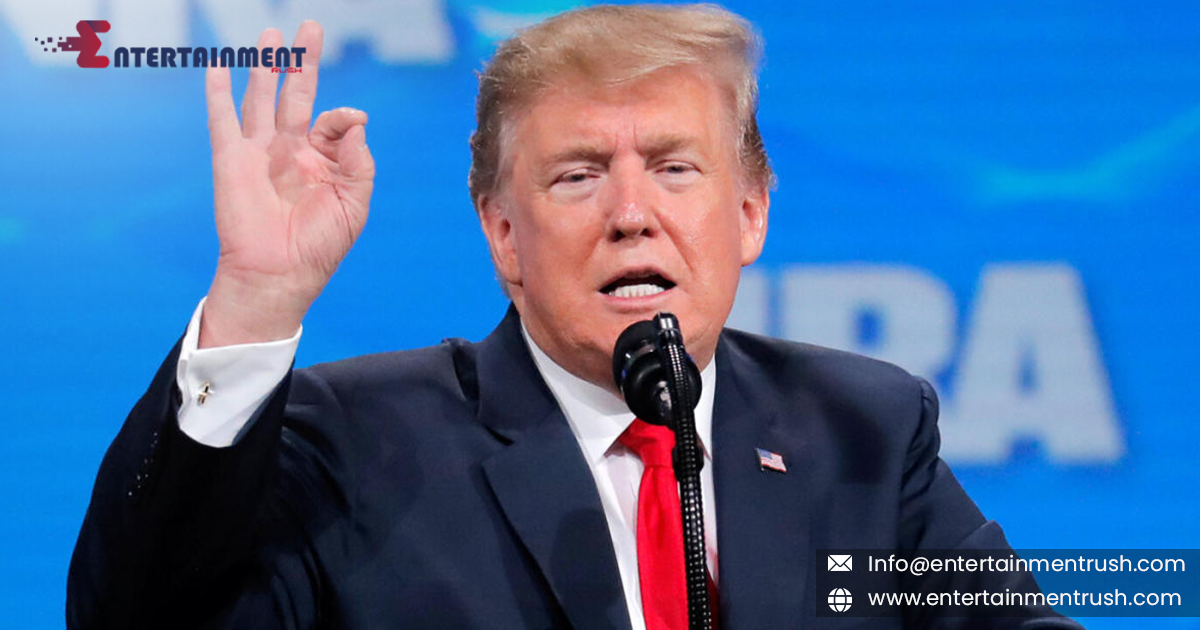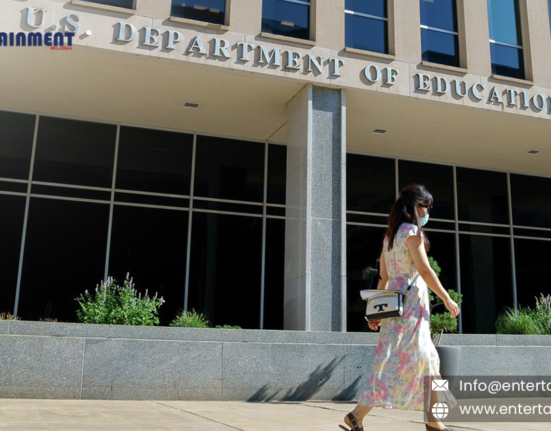Former President Donald Trump has reignited debate on the future of education policy in the United States by proposing to eliminate the Department of Education. As he positions himself for a potential return to the White House, Trump’s vision reflects his broader push for limited federal oversight and increased local control. The proposal has sparked discussions about its implications for education funding, state governance, and student outcomes.
The Rationale Behind the Proposal
Trump’s advocacy for dismantling the Department of Education aligns with his long-held belief in decentralizing federal power. By eliminating the department, he argues, states and local communities could have more autonomy in shaping their educational systems, tailoring policies to their unique demographics and needs. This vision resonates with many conservatives who see federal involvement as a bureaucratic overreach that stifles innovation and imposes one-size-fits-all mandates on diverse communities.
Trump has also criticized the Department of Education for policies that he and his supporters view as ideological, including initiatives related to diversity, equity, and inclusion. He suggests that redirecting control to state and local governments could refocus education on “traditional values” and improve outcomes in areas like math, science, and reading.
Potential Impacts on Education
If implemented, the elimination of the Department of Education would mark a seismic shift in U.S. educational policy. The department oversees federal funding for schools, including critical programs like Title I, which supports schools in low-income areas, and IDEA (Individuals with Disabilities Education Act), ensuring resources for students with disabilities. Without federal oversight, states would need to fill funding gaps and enforce educational standards, which could exacerbate disparities between wealthy and underfunded regions.
Additionally, federal student loans and grants administered through the department, such as Pell Grants, could face restructuring or transfer to other agencies. Critics warn that this could disrupt access to higher education for millions of students.
Support and Opposition
Supporters of Trump’s proposal argue that decentralization would foster competition and accountability among states. They point to examples where local control has enabled tailored solutions to educational challenges. Opponents, however, caution that the plan risks deepening inequalities and dismantling critical protections for underserved populations.
Education advocates highlight the importance of maintaining a federal role to ensure all students receive a quality education, regardless of their location or socioeconomic status. They also warn that the lack of a centralized body could hinder the nation’s ability to respond to systemic challenges like teacher shortages and technological disparities in schools.
A Controversial Path Forward
Trump’s vision to abolish the Department of Education is ambitious and polarizing. Achieving such a goal would require Congressional approval, making it unlikely without significant political shifts. However, the proposal underscores broader ideological battles over the role of government in education, a debate that is likely to remain at the forefront of political discourse.
As the nation grapples with questions of educational equity and quality, Trump’s proposal challenges Americans to rethink how the country supports its students and prepares them for the future. Whether seen as a bold reform or a dangerous gamble, the idea of dismantling the Department of Education is sure to spark passionate conversations across the political spectrum.





Leave feedback about this